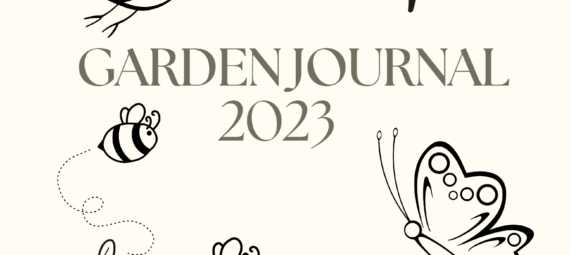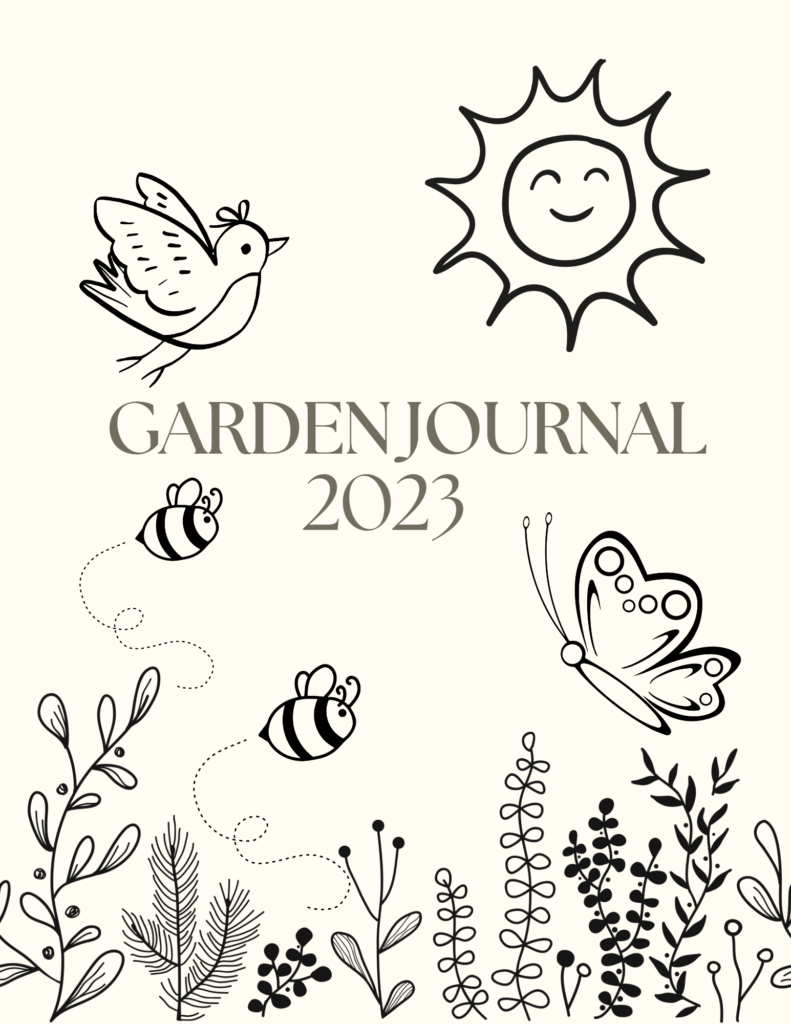
I have created a garden calendar to serve 2 purposes for me.
- It serves as a reminder of upcoming planting dates
- It also serves a as a diary or journal to chart what I did and when I did it in my garden
I have created a monthly calendar for the remainder of 2023 and for 2024. Feel free to copy the pages and use them to begin your own garden journal
I currently live in Water Valley, MS, which is in Garden Zone 7b.
Below each of the next several months, I have listed the final times that I might plant garden items and expect that they will have time to reach harvest in Zone 7b.
If you live in Zone 7b, feel free to copy and plug the following dates into your own garden journal. If you live in another garden zone, you can find similar dates for your gardening zone at the online site of Farmer’s Almanac: https://www.almanac.com/gardening/planting-calendar
You will see the following dialog box. Enter your zip code into the box on the Farmer’s Almanac site, and you will find planting dates for where you live. [You do not need to give the site your email or accept any other offer to receive this information.]

The above is for demonstration only. It will only work on the Farmer’s Almanac website.
Because the 2023 garden year is drawing to a close, I am only entering the final planting dates for 2023. I’ll add both spring and fall planting dates for 2024. I am already planning my garden for 2024. You might want to do that, too.


Cantaloupes Last Plant Date: Jul 2
Watermelons Last Plant Date: Jul 2
Bell Peppers Last Plant Date: Jul 12
Eggplants Last Plant Date:Jul 12
Potatoes Last Plant Date: Jul 12
Tomatoes Last Plant Date: Jul 17
Winter Squash Last Plant Date:Jul 17
Broccoli Plant Jul 19 Plant Again Aug 16
Corn Last Plant Date: Jul 22
Okra Last Plant Date: Jul 22
Tomatillos Last Plant Date: Jul 22
Tomatoes Last Plant Date: Jul 22
Cucumbers Last Plant Date: Jul 27
Green Beans Last Plant Date: Frost Jul 27
July Garden Checklist
“July is a busy month in your yard and garden. Here are a few things to accomplish this month:
“July is a great time to take root cuttings from a variety of different plants around your home. Plants like azaleas, boxwoods, camellias, and gardenias can be planted in a fine sand mix to encourage new growths. Our blog post on how to propagate plants from cuttings offers a short tutorial on how to get started. You can go ahead and propagate house plants like ivies and philodendrons while you’re at it!
“Fall will be here before you know it!! If you’d like to have a pumpkin patch just in time for Halloween, now is a great time to plant pumpkin seeds. Want to try growing them this year? Check out Extension Publication 2905, “Growing Pumpkins for the Home Garden,” for all the info you’ll need to get started!
“Crape myrtle trees are a favorite in the south. Just about everywhere you look, there’s a crape myrtles! During summer months, they produce gorgeous flowers. As flowers fade, remove them to encourage new flowers to bloom. Need more resources on crape myrtles? Check out Extension Publication 2007, “Crape Myrtles-Flower of the South.”
“Roses are another plant that needs to be pruned this month. This Information Sheet on pruning landscape plants goes over the basics of how to prune any plant you may have. Need specific info on pruning roses? Our blog post on how to prune roses has you covered!
The brutal summer months can be harsh on your plants. Make sure they are getting at least an inch of water each week. Keep an eye out for the weather during these rainy months as well. You don’t want to overwater!
“If pesky weeds pop up in your yard, take some time to apply a postemergent herbicide in affected areas to kill the weeds. The weed control section of our website has handy publications, articles, and videos on how to treat weeds at your home.
“If you’re like me, I have many summer trips planned. If you’ll be out of town for an extended period, don’t forget to arrange someone to come water them for you! You don’t want to return home to sad plants!” Mississippi State University Extension Service
“July Garden Checklist.” Mississippi State University Extension Service, extension.msstate.edu/blog/july-garden-checklist.

Planting Dates for August in Zone 7b
Jalapeño Peppers Last Plant Date: Aug 1
Broccoli Last Plant Date Aug 16
Peas Last Plant Date: Aug 26
What to Do in Your Garden in August?
“There’s always a lot going on in August. School is back in session, and everyone is trying to get back on their busy schedules. In the middle of the chaos, don’t forget your garden!
Prepare
- Plan beds for bulbs. Order tulip, hyacinth, Dutch iris, daffodil, narcissus, and amaryllis bulbs.
- Prepare beds for October planting by adding compost or leaf mold.
Plant
- Plant daylilies in a sunny location. They will be well established before winter.
- Divide and transplant Louisiana iris, Easter lily, canna, liriope, ajuga, and Shasta daisy.
- Plant cool-season vegetables: broccoli, cauliflower, Brussels sprouts, cabbage, spinach, potatoes, lettuce, carrots, beets, radishes, and English peas.
- Plant warm-season grasses: Buffalo, Bermuda, and St. Augustine.
- Mums should be planted for September bloom and fall color.
- Plant marigolds, asters, zinnias, and celosia to replace faded annuals.
- Plant seeds of calendula, columbine, English daisy, forget-me-not, pansy, sweet William, and violet.
Fertilize
- If acid-loving plants, including azaleas, camellias, and gardenias, show signs of chlorosis (yellowing of leaves), a treatment of iron chelate should cause leaves to regain their green color.
- Feed mums with a complete fertilizer every 2 weeks, and water thoroughly until buds show color.
Prune
- Cut back annuals such as impatiens and vinca to encourage fall blooms.
- Disbud camellias, dahlias, and chrysanthemums to produce specimen blooms.
- Continue to remove dead heads in the garden to stimulate blooming.
- Cut back rose canes to 24 to 30 inches from the ground for autumn blooms.
- Remove dead and damaged wood from trees and shrubs.
Water
- Water the garden deeply but infrequently throughout the month.
- Water early in the morning or late in the afternoon. Water on leaves during the heat of the day can cause the sun to burn them.
- Potted plants and hanging baskets need to be watered daily.
- Make sure azaleas and camellias stay well-watered, because they are forming flower buds for next year.
Miscellaneous
- Mow weekly and leave clippings on the lawn.
- Turn your compost pile.
- Feed the birds.
In Bloom
- Ageratum, angel’s trumpet, balsam, begonia, browallia, caladium, canna, celosia, clematis, dahlia, four-o’clock, funkia, gladiolus, lily, hosta, impatiens, marigold, periwinkle, phlox, portulaca, rattle box, salvia, snow-on-the-mountain, torenia, vinca, pink zephyranthes lily, zinnia, althea, butterfly bush, crape myrtle, hydrangea, oleander, roses, and tamarisk.
Be sure to keep yourself hydrated while you’re working in the garden. The heat isn’t going anywhere for a while, but cooler weather will be here before you know it!
Posted on: July 23, 2019
“What to Do in Your Garden in August.” Mississippi State University Extension Service, extension.msstate.edu/blog/what-do-your-garden-august.
August Garden Checklist
“Here’s a few things to accomplish in your garden and around your yard this month:
Daylilies are an easy and gorgeous plant to have in your yard. Plant them now to ensure a beautiful spring bloom. Learn more about Mississippi perennials here.
Rose bushes are a treat to have in your landscape! To encourage fall growth, prune rose canes to 24-30 inches from the ground. If you’re a rose lover, the rose section of our website will provide a plethora of information on how to grow and care for them!
“Treat any plants showing signs of chlorosis with chelated iron. As you’re inspecting your plants for disease and pests, you might run across leaves on trees or shrubs that have turned yellow, except for its veins. The yellowing of leaves is known as chlorosis and is a sign the plant is lacking certain micronutrients. To help combat this issue, treat any plants with chelated iron.
“Everyone loves fall mums! If you plan on planting mums for a fall bloom, plant them sometime this month to ensure you have blooms in September. You will also need to feed them with a complete fertilizer every two weeks and water thoroughly to keep them healthy.
“There is no chore more dreaded than mowing the lawn, but it’s an important one to stay on top of! Continue to mow your lawn weekly if you’re getting rain. Remember to leave the clippings on the lawn to provide extra nutrients to your turf. If you’d like more information on how to have a spiffy looking lawn, Extension Publication 1322, “Establish and Manage Your Home Lawn,” can help.
“Make sure your plants stay well-watered during this hot weather. The summer sun can damage your plants and garden if not watered enough! Give your plants a good watering each day. Extension specialists recommend watering your garden deeply but infrequently in August.
“Another task to consider is dividing and transplanting Louisiana irises, Easter lilies, cannas, liriope, ajuga, and Shasta daisies. This can be done anytime during the fall, winter, and early spring. Don’t know how to divide these perennials? Check out this quick demo from MSU Extension Horticultural Specialist Dr. Jeff Wilson!” Mississippi State University Extension Service Mississippi State University Extension Service, “August Garden Checklist.” extension.msstate.edu/blog/august-garden-checklist
Planting Dates for August in Zone 7b

What to Do in Your Garden in September?
Planting Dates for September in Zone 7b
Carrots Last Plant Date: Sep 1
Lettuce Last Plant Date: Sep 20
Turnips Last Plant Date: Sep 20
Radishes Last Plant Date: Sep 25
“It’s best to stop feeding mums when the buds start showing color. (Photo by Gary Bachman)
“Now’s a good time to prep your garden for the upcoming cooler temps.
Get Ready
- Make sure you’ve ordered daffodils and other spring bulbs for October planting.
- Build or buy a compost bin in anticipation of autumn leaves.
Plant
- Plant cool-season leafy root vegetables: carrots, beets, turnips, lettuce, and spinach.
- Sow hardy annuals: sweet alyssum, calendula, annual pinks, snapdragons, and sweet peas.
- Sow ryegrass seed in winter lawns.
Fertilize
- Stop feeding mums when the buds start showing color.
- Acidify azaleas and camelias.
Water
- Slow down watering of azaleas and hydrangeas to allow them to harden against winter freezes.
- Spray foliage of camelias in anticipation of their bloom.
- Water potted plants and hanging baskets frequently.
Prune
- Disbud camellias, dahlias, and chrysanthemums to produce specimen blooms. It is generally not a good idea to prune this late in the year, because new growth will be more susceptible to winter freezes.
Miscellaneous
- Turn compost pile.
- Pick flowers in bloom and dry for future arrangements. Bundle flowers together and hang upside down in a dry, sheltered area.
- Repot houseplants. Prune away damaged foliage and give a good dose of food.
In Bloom
- Canna, cosmos, copper plant, marigolds, periwinkle, plumbago, crape myrtle, althea, four-o’clocks, salvia, ageratum, coleus, lycoris, aster, bonia, celosia, chrysanthemum, coral vine, ginger lily, gladiolus, jacobina, liriope, morning glory, petunia, phlox, rattle box, bose, spider lily, torenia, vinca, white zephyranthes lily, zinnia, buddleia, franklin tree
Fall Color
- Flowering dogwoods have showy, drooping, red leaves.
- Ginko leaves turn pure yellow.
https://extension.msstate.edu/blog/what-do-your-garden-september
https://extension.msstate.edu/blog/what-do-your-garden-september
Happy gardening!

Spinach Last Plant Date: Oct 5
What to Do in Your Garden in October?
Plant
- Spring flowering bulbs should be planted this month, with the exception of tulips and hyacinths which should be placed in the refrigerator for 6 weeks before being planted in late December or early January.
- Pot up basil, chives, parsley, rosemary, sage, and sweet marjoram for that sunny kitchen window. Wisteria and trumpet vine can be planted this month.
- Annuals to plant are pansies, violas, pinks, flowering cabbage and kale, English daisy, wildflower planting, cornflowers, larkspur, and Queen’s Anne Lace.
- Perennials to plant include asters, salvia, hollyhock, daylilies, baby’s breath, iris, Shasta daisy, peonies, and phlox.
- Many evergreens may be planted this month.
Fertilize
- Test soil in garden to monitor balance of minerals.
- Foliar feed all plantings and lawns.
Prune
- Remove damaged and dead wood from trees.
- Pick blossom-like fruit of golden rain trees and let dry for winter arrangements.
- Prune back annuals like blue salvia and dianthus to the ground and mulch, they may go through the winter and bloom again.
Miscellaneous
- Dig up caladiums now with foliage intact, allow to dry, remove dried foliage and store in peat moss in a cool dark place for replanting next year.
- Force bulbs for indoor show. Place bulb on gravel and water enough to cover the roots, keep in dark place until root system is established and sprout reaches 3 inches, bring gradually into the light and refill container with water to original level. Enjoy the blooms of paper-white, narcissus, lily of the valley, jonquil, or hyacinth in this way.
- Make sure the birds in your garden have food, shelter, and water.
- Place leaves in compost bin.
In Bloom
- Mums, marigolds, periwinkle, salvia, sasanquas, golden rain tree, roses, ageratum, aster, camellia, celosia, colchicum, dahlia, petunia, salvia, torenia, and zinnia.
Mississippi State Extension Service
https://extension.msstate.edu/blog/what-do-your-garden-october
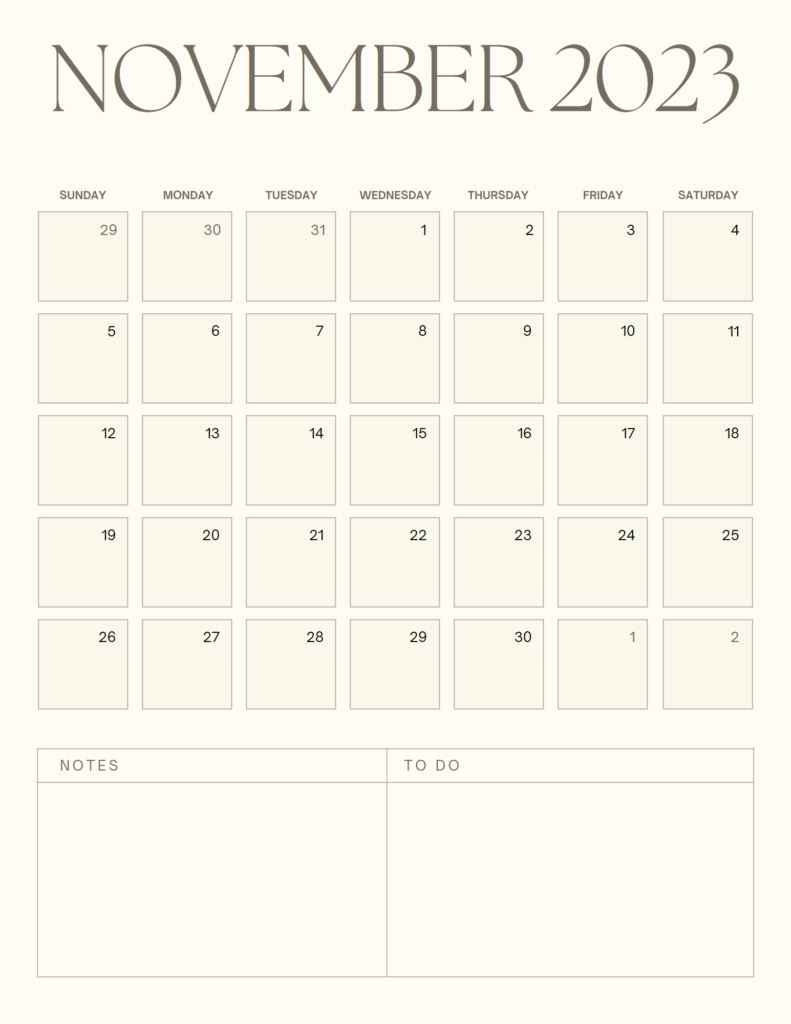
What to Do in Your Garden in November?
Plant
- Plant shrubs and trees after soil cools.
- Plant summer blooming perennials: iris, daylily, and daisy.
- Plant winter and spring annuals: pansy, pinks, flowering cabbage and kale.
- Root rose cuttings.
Water
- Water all newly planted trees and plants regularly.
Prune
- Remove dead limbs and prune evergreen shrubs.
- Cut off tops of brown perennials, leave roots in the soil.
Do Not Prune
- Spring flowering shrubs such as azaleas, hydrangeas, mock orange, spirea, and flowering quince because flower buds are already forming.
- Delay pruning of most trees and shrubs until February since any new growth stimulated by pruning may be killed by a sudden freeze.
Miscellaneous
- Put leaves and spent annuals into compost bin.
- Add mulch to your garden and all ornamental beds for winter protection.
- Repair and sharpen garden tools, store with light coat of oil to prevent rusting.
- Build bird feeders and houses.
In Bloom
- Impatiens, cannas, roses, witch hazel, gerber daisies, sweet olive, camellias, sasanquas, Japanese plum, and poinsettias.
Mississippi State Agriculture Extension Service
http://extension.msstate.edu/blog/what-do-your-garden-november

People who follow me on Facebook know that I post daily pictures of what is happening each day in my garden. Although it might seem that I am doing this to get attention, my true reason is something else. I post the pictures to help ME remember what I have done and when in my garden. Hoping that other people might also find the information useful, I add plant lists and other things that I have learned.
Here are some more pages that you may want to print for your garden journal:

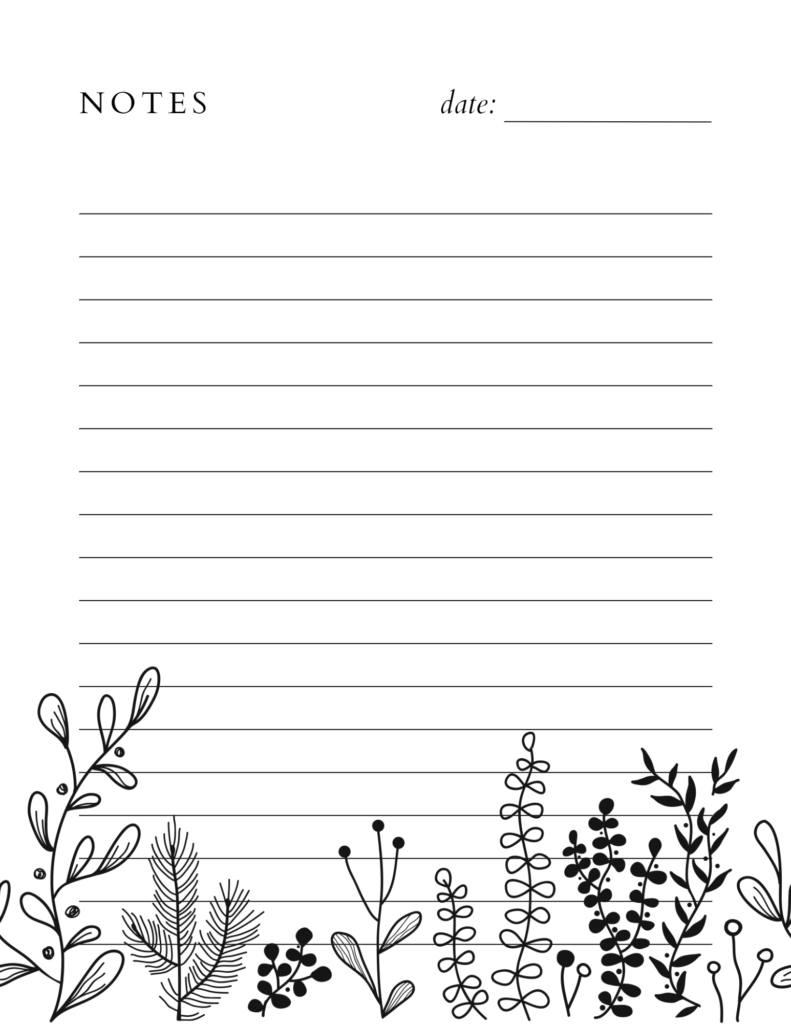

![]()
Although the following sheets will be more expensive to print, I love how they look:
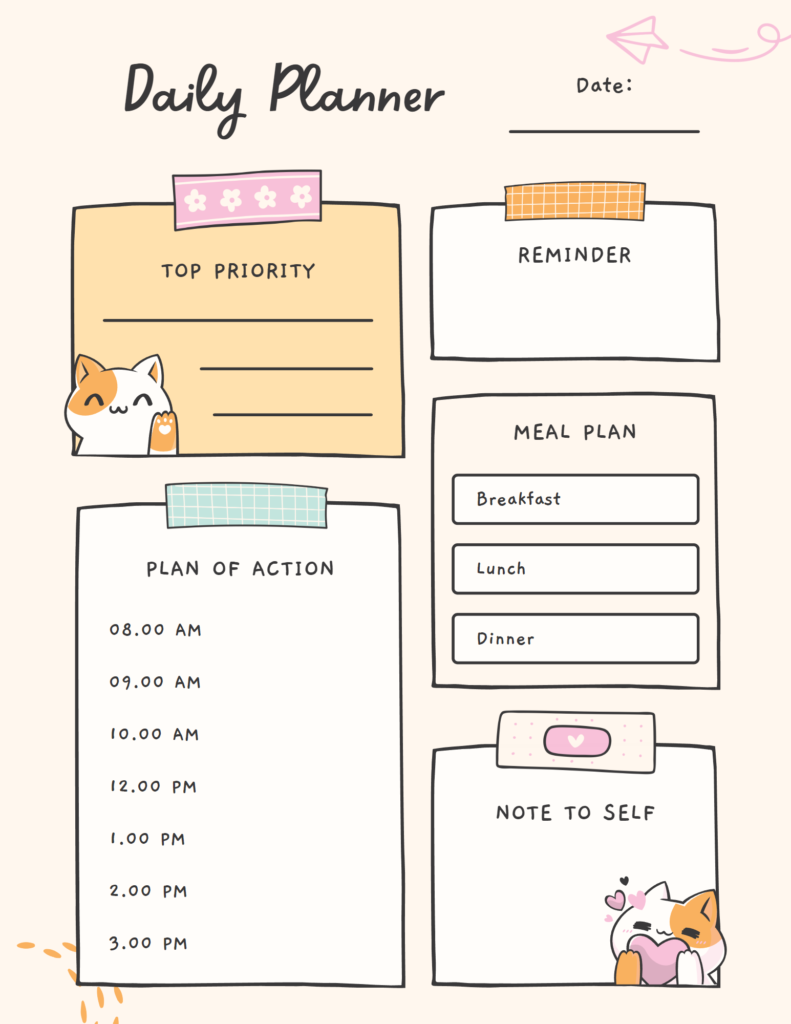


I am working on some more cute pages that you might want to print, but in the meantime, check out how I use my Facebook posts to log my daily progress in my garden:
What to Do in Your Garden in March
This information is from the Mississippi State Agriculture Extension Service
“There’s a lot to do in your garden during the month of March! Get your spring garden in shape with these easy tips.
Planting
- Plant new roses before March 15.
- Broad-leaved Evergreens such as Magnolia and Holly can be set out at this time.
- Plant cold weather annuals Sweet William, English Daisies, Pansies, and Calendulas.
- Divide Mondo Grass and Liriope. Divide Cannas, Chrysanthemums, Coreopsis, Phlox, and Obedient Plant.
- Start seeds for Tomatoes, Bell peppers, and Eggplant. Set out Thyme, Lemon Balm, Oregano, Chives, Sage, and Winter Savory.
- Sow seeds of Johnny Jump-ups, Sweet Peas, Larkspur, Forget-me-nots, and Baby Blue Eyes.
- Flowering shrubs may be moved at this time. Larger shrubs should be moved with a ball of dirt and smaller shrubs may be moved bare-rooted.
- This is the best month to move Crape myrtles.
- Lawns may be sodded at this time. Plant Gladiolus throughout this month for continuous bloom. Plant Hostas.
- Caladiums can be started in outdoor containers as soon as weather warms.
Fertilizing
- Fertilize all the garden except acid-loving plants.
- Top-dress Camellias with azalea-camellia fertilizer.
- Lime Peonies, Clematis, and Boxwoods.
Pest Control
- Spray new rose leaves for black spot weekly.
Pruning
- Prune roses at this time. Remove dead and weak canes. Properly dispose of clippings.
- Prune Crape myrtles and Altheas.
- Prune evergreens for shape and size as early in the month as possible.
- Cut English Ivy back very hard. It will come back very nicely in the spring.
- Trim Mondo Grass and Liriope with lawn mower set on highest setting (6 inches). Dispose of trimmings.
Mulch
- Replenish mulch around Azaleas and Camellias.
Miscellaneous
- Dispose of fallen Camellias blossoms to prevent blight.
- Rake up seed hulls from under bird feeders. They will smother new growth.
- Remove dead flowers from tulips and daffodils. Do not cut foliage before it turns yellow and dies.
Home Accent
- Divide or repot overgrown houseplants. Cut back weak parts to encourage new growth. Apply fertilizer every 2 weeks or so.
In Bloom
- Bluebells, Chionodoxa, Daffodil, Hyacinth, early Iris, Pansies, Violet, Carolina Jasmine, Azaleas and Camellias, Forsythia, Pearl Bush, Photinia, Flowering Quince, Spirea, flowering fruit trees (Crabapple, Cherry, Pear, and Peach), Oriental Magnolia, and Redbud.
http://extension.msstate.edu/blog/what-do-your-garden-march
I moved to Water Valley, MS, in May of 2023, but I was not able to begin gardening until June. I began in my backyard.

June 7, I built the above walls to hide the air conditioner. The weeping plant on the left of the front wall is forsythia. My Zepherine Drouhin rose is in the corner. Daisies are braced against the trellis. I have also planted evergreen Stella daylily, red coneflower [I believe this is Kismet], heavenly blue speedwell, portulaca, and more.

June 9 – I set out some tomato plants [2 Super Sweet 100, 1 Black Cherry, 1 Early Girl, and 1 Better Boy.
June 9 – I planted some Kentucky Wonder Pole Beans in the bases of 2 iron obelisks.

June 10 – My neighbor gave me some plants, and I added them to my back wall area.

June 16- The Kentucky Wonder Pole Beans had germinated and were on their ways.
June 26 – I added apricot vinca plants, angelonia, and La Rambla Coleus. I also scattered sunflower seed behind the sundial.

June 26, I moved some of the tomatoes to this large iron obelisk. I had planted them June 16, but I did not feel that they were getting enough light.

June 27, 2023 – I created a curved walkway out of bricks.

July 1, 2023, in my garden. I added more dirt, set out 3 okra plants, more tomatoes, some heirloom watermelons, and I planted some mini pumpkin seeds to climb the teepee—Interspersed with pole beans and scarlet running beans. I had already moved the tomatoes and beans to this teepee from other spots. I planted the mini pumpkin seeds today.

July 3, 2023, I planted carrot seeds.

July 4, I moved a large rue plant to the back, beneath the white birdhouse, in front of the picket fence.

July 5, I placed rue cuttings in water–trying to root them. I have read that rue is slow to root.

July 5 – 2 of my Sugar Baby Watermelons have babies. I only planted these plants [with blooms] on July 1. They have grown quickly.
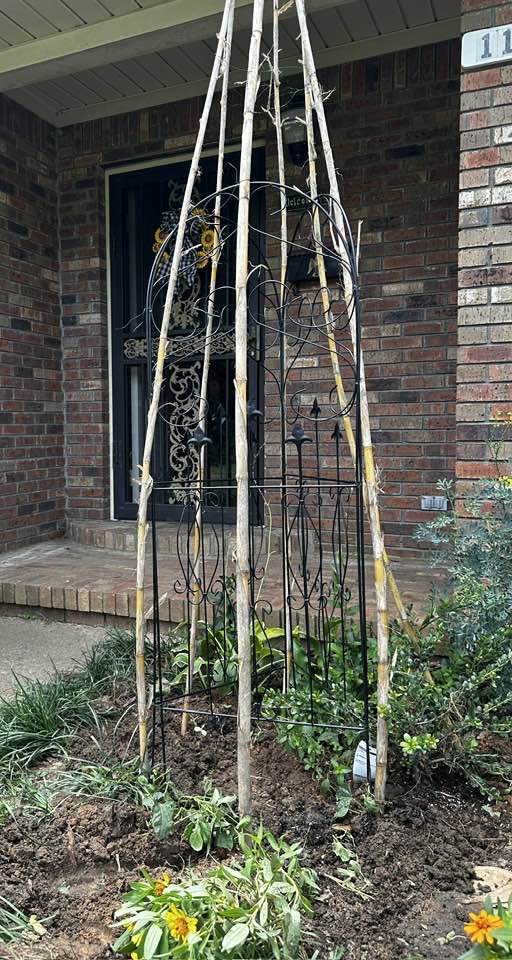
July 5 – I created a new teepee trellis for my front garden. I transplanted some green bean plant starts. I planted some new green bean seed. I planted some Sugar Pie Pumpkin Seed, some snapdragon seed, and some French Dwarf Double Mixed Marigold seeds. in this area.

July 5 – Sunflower Babies were already growing there. I had planted these from seed on on June 26–in the back, but I broke my own rule and moved them. The seeds that stayed where I planted them are 4 times taller.
This area is a work in progress. I’ll add new data each day that I garden.
Here are the calendar pages for 2024:



After I finish making the sheets, I’ll add the rest of the months of 2024.

